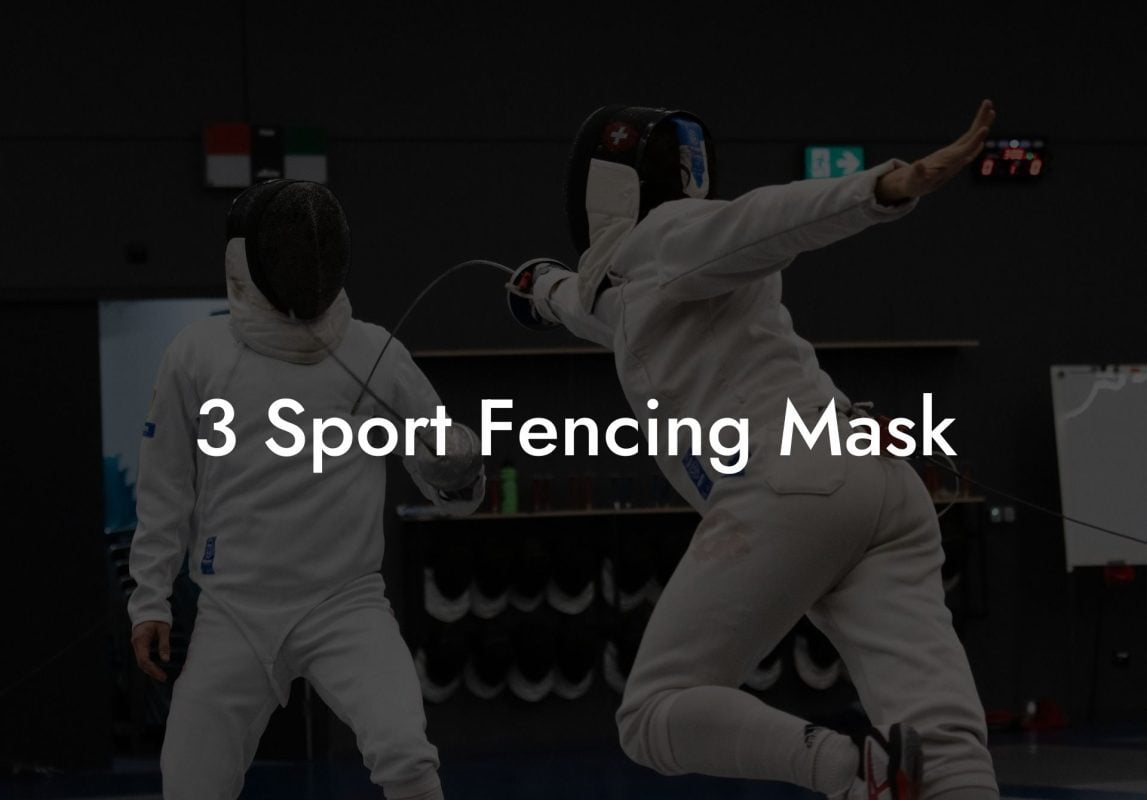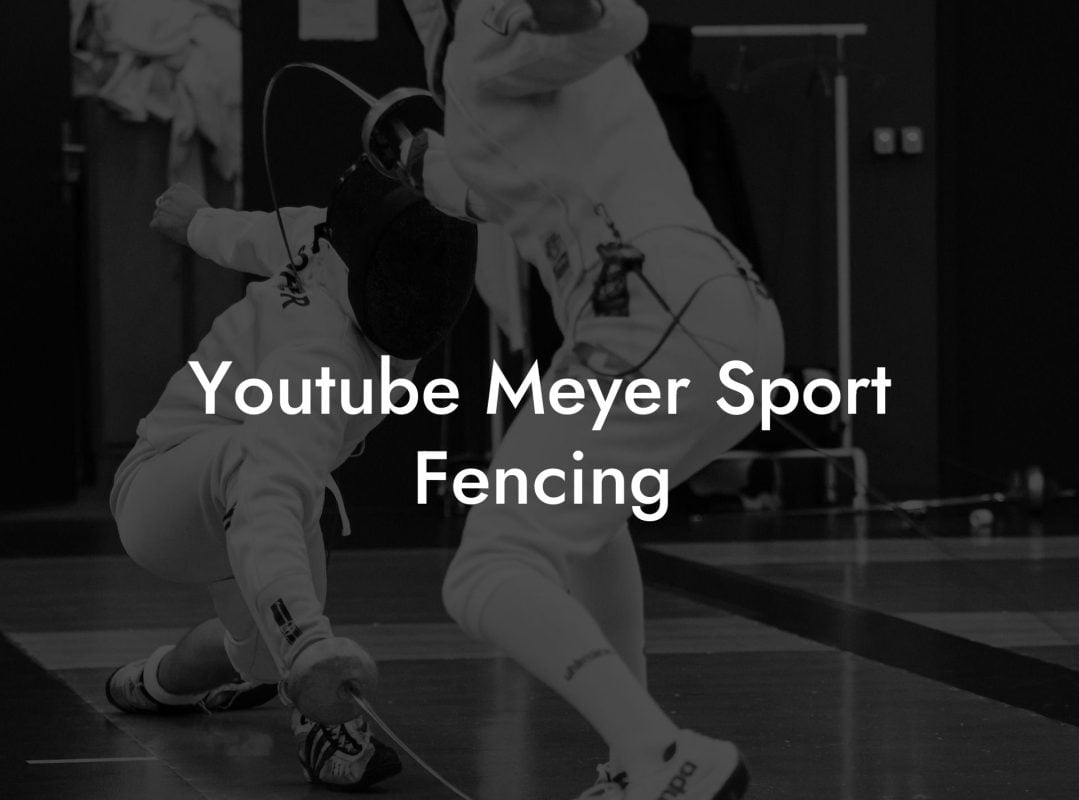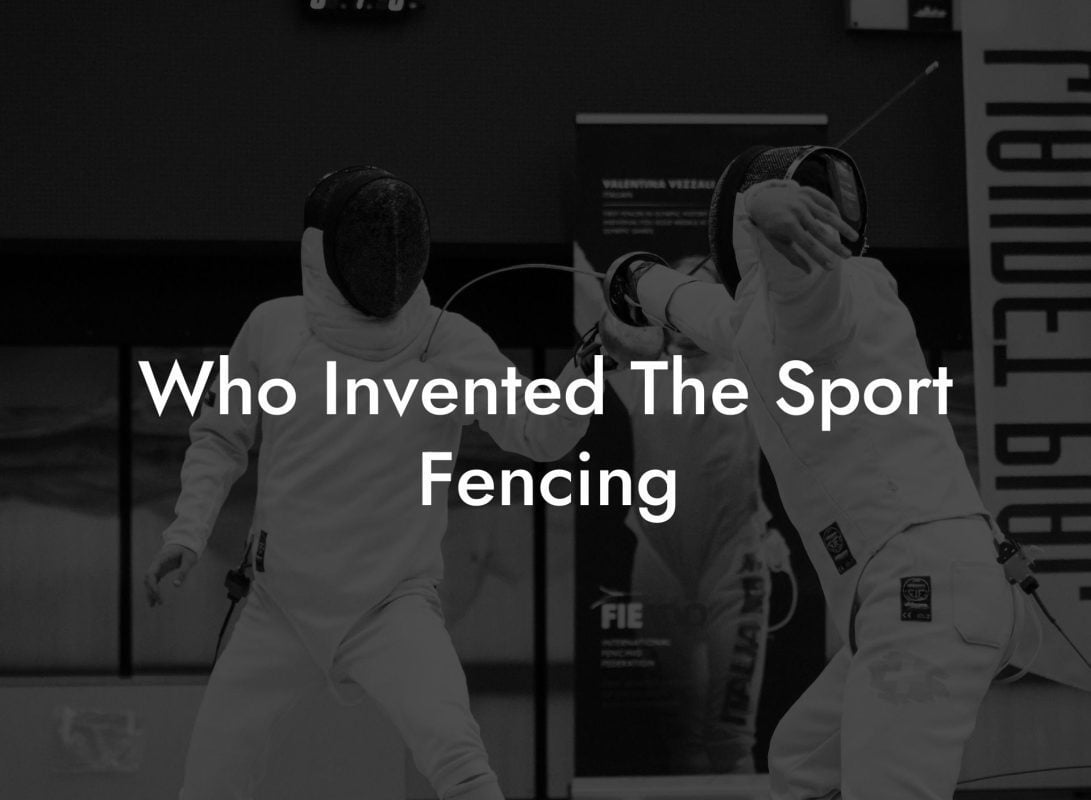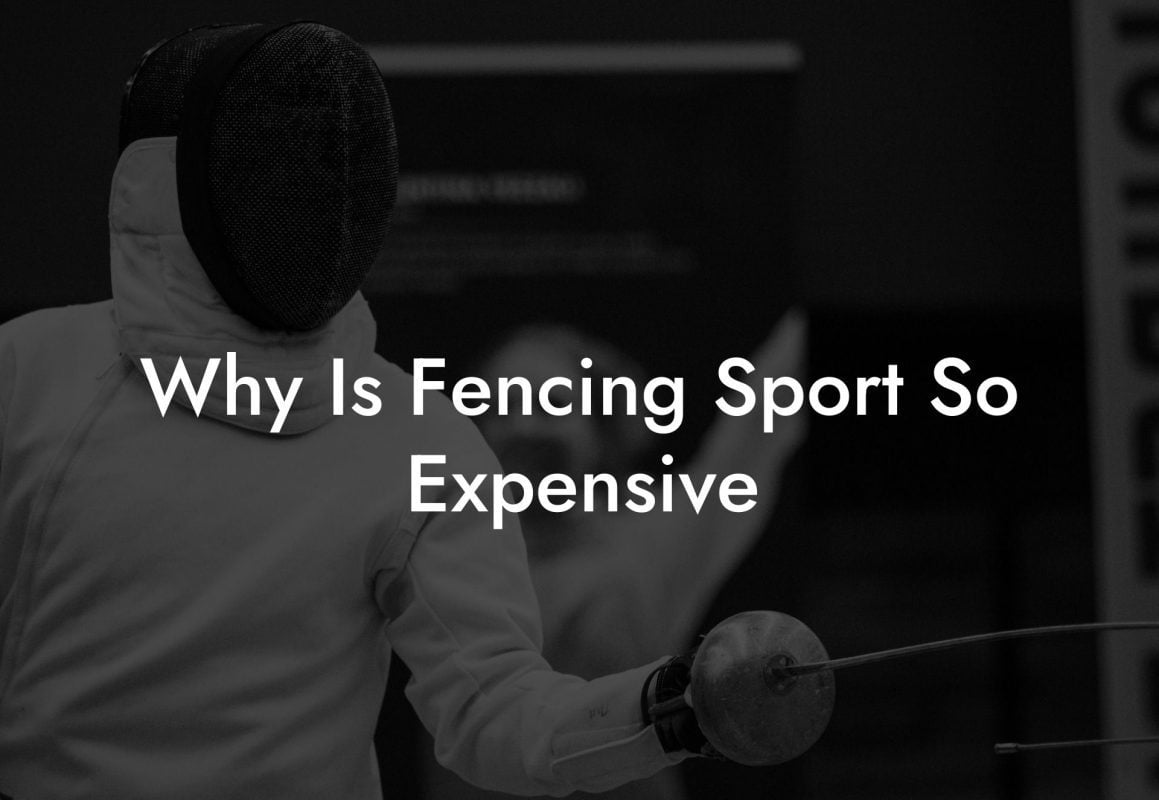Are you an aspiring fencer eager to create the perfect environment for practicing your skills? Or perhaps a fencing enthusiast looking to learn more about the essential equipment required for the sport? Fencing mats are an important and often overlooked aspect of the sport. In this guide, we'll discuss fencing mats, their uses, and how they contribute to the overall safety and enjoyment of the sport.
Fencing Mats Sport Table of Contents
What are Fencing Mats?
Fencing mats are specially designed flooring solutions that provide a durable and safe surface for fencers to train and compete on. They are made from a combination of materials, including rubber, PVC, and foam, which offer a cushioned and shock-absorbing surface that minimizes the risk of injury. Fencing mats also provide slip-resistant properties, ensuring that fencers can move quickly and confidently during bouts.
Importance of Fencing Mats in the Sport
- Safety: One of the primary reasons to use fencing mats is the added safety they provide. The cushioned surface helps to absorb impact when fencers lunge, retreat or fall, reducing the risk of injuries such as sprains, strains, and bruises.
- Traction and Stability: Fencers require a surface that offers a stable footing, enabling them to move quickly and confidently during matches. Fencing mats are designed with slip-resistant properties, making them ideal for ensuring fencers maintain their balance and footing during intense bouts.
- Comfort: Long hours of training and practice can be tough on a fencer's legs, feet, and joints. A cushioned mat provides comfort and support, making for a more enjoyable experience during long training sessions or competitions.
- Uniform Surface: Consistency in the playing surface is key for fair competitions. The uniformity provided by fencing mats ensures every fencer has an equal opportunity to perform their best, regardless of where they are on the mat.
Types of Fencing Mats
There are several types of fencing mats on the market, but the most common are roll-out mats and interlocking tile mats:
- Roll-Out Mats: This type of mat is made from a continuous roll of material that can be cut to size, or purchased in predetermined lengths. Roll-out mats typically offer a smoother surface that is both slip-resistant and easy to clean.
- Interlocking Tile Mats: These mats consist of individual tiles that can be connected together, allowing for a more customizable and flexible solution. The tiles are typically made of foam or rubber materials and can be easily disassembled and transported if necessary.
Fencing Mats Sport Example:
Imagine you're setting up a training space for your local fencing club. The facility is large and features a concrete floor, which is not ideal for fencers to practice on due to its hardness and lack of slip-resistance. To create a safer and more comfortable environment, you decide to invest in fencing mats to cover the training area.
You opt for roll-out mats due to their smooth surface and ease of installation. By simply unrolling and cutting the mats to fit the space, you're able to create a cushioned and uniform surface that allows your club members to train and compete in comfort and safety. The new surface improves traction, stability, and overall performance – making for a more enjoyable fencing experience for everyone involved.
We hope this guide has provided valuable insights into the importance of fencing mats, their various types, and how they contribute to the overall safety and enjoyment of the sport. By understanding and investing in the right equipment, you'll be better equipped to master the art of fencing and reach your potential as an athlete. Don't forget to share this article with fellow fencers and explore other informative guides on Anchorage Fencing Club's blog!













